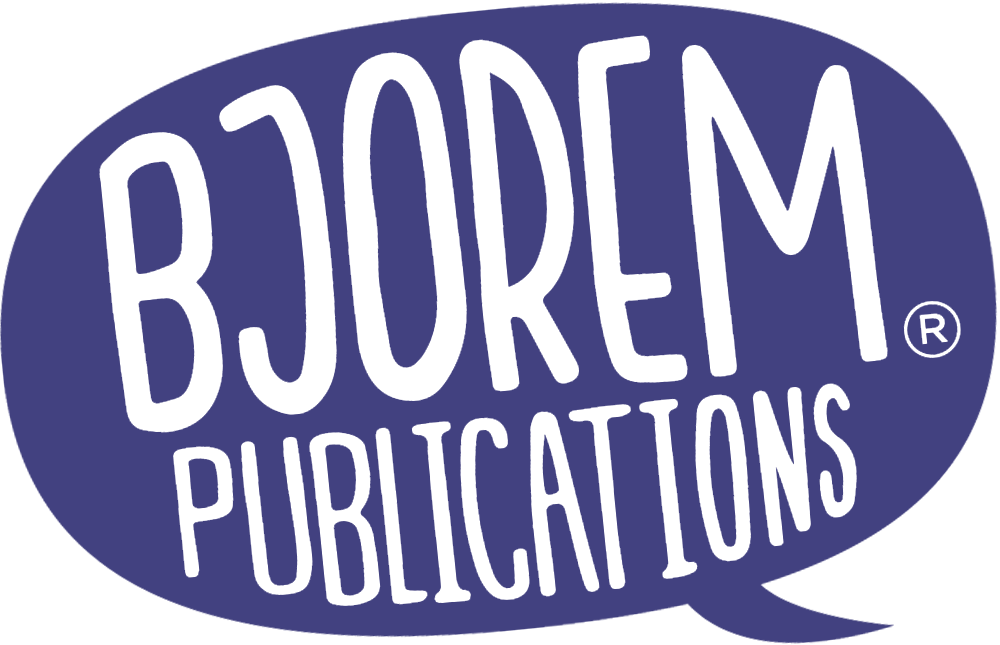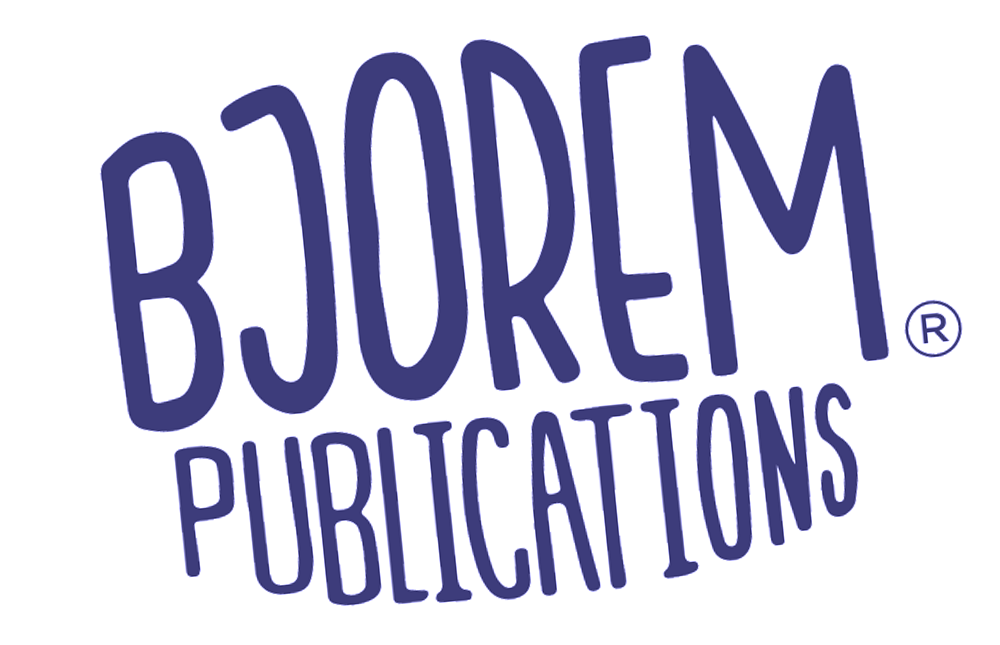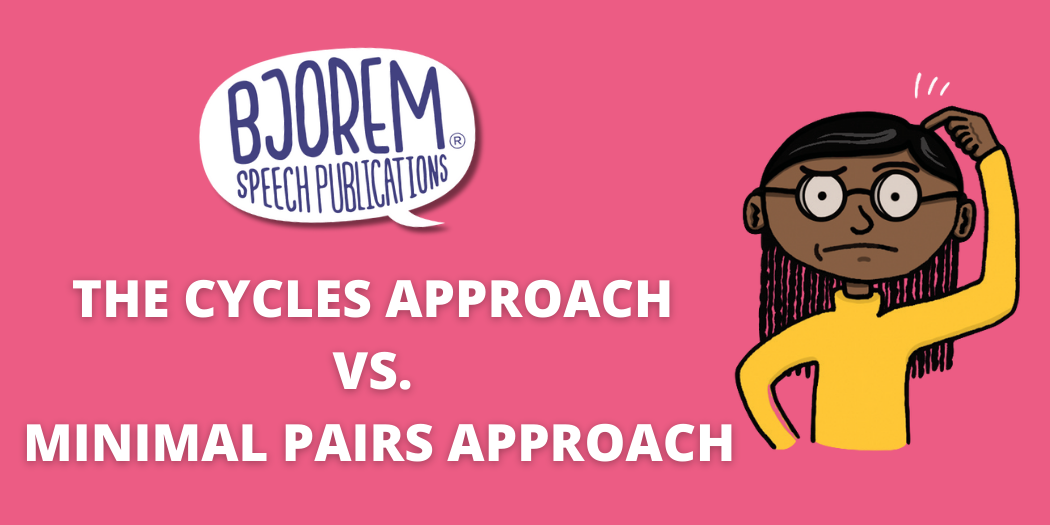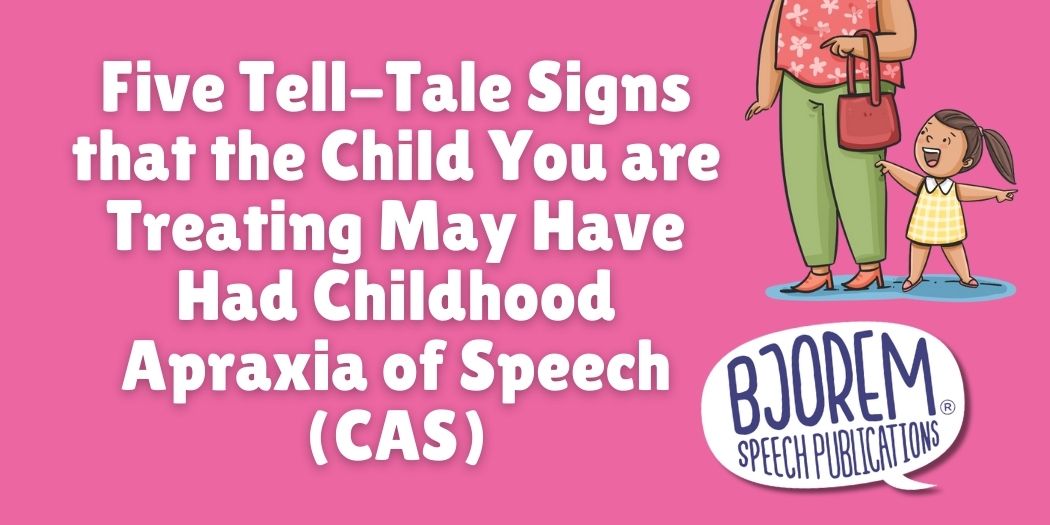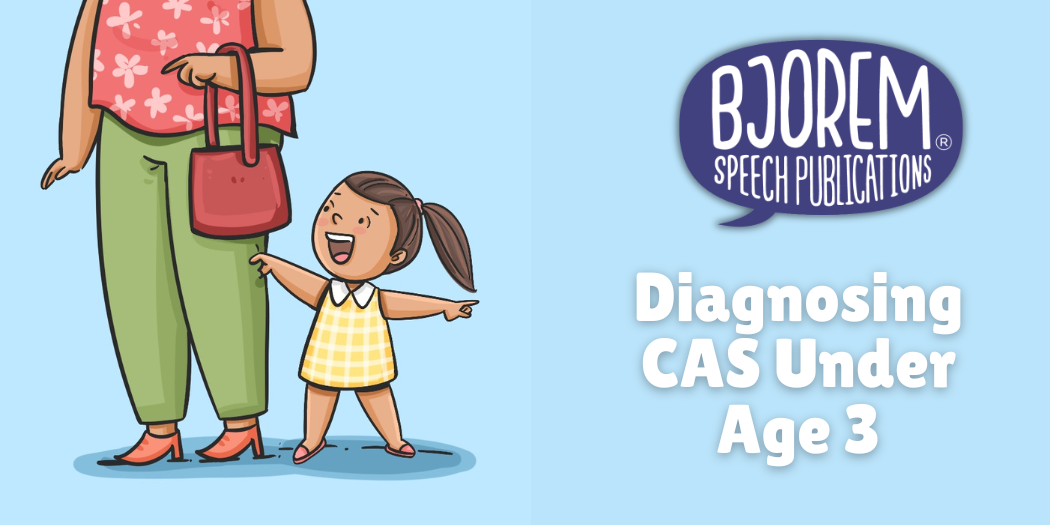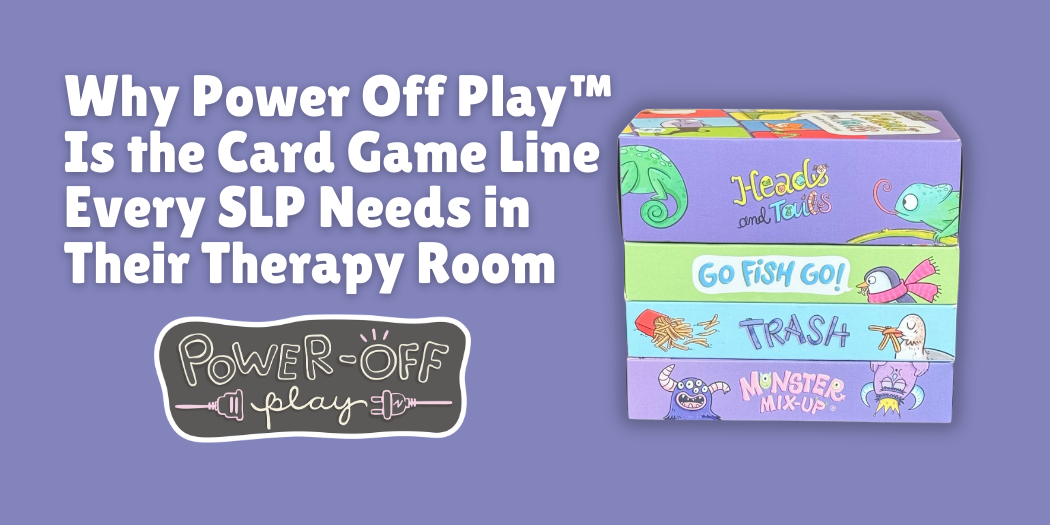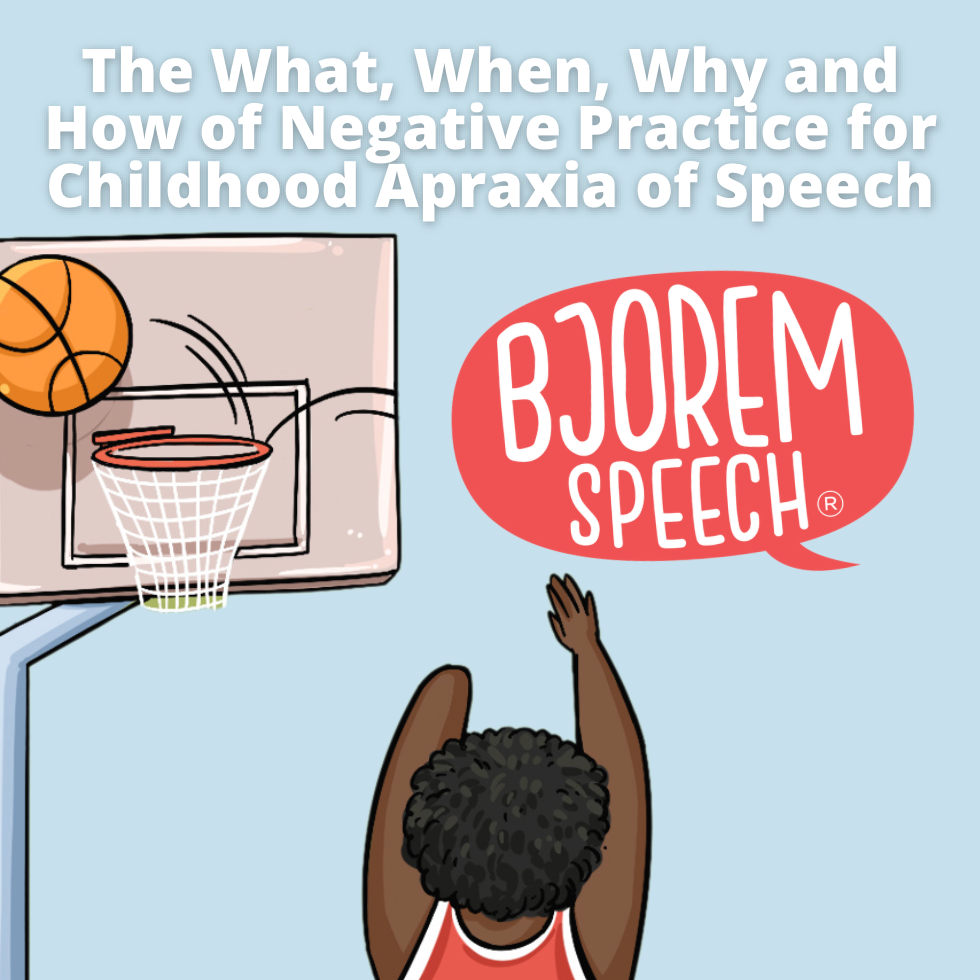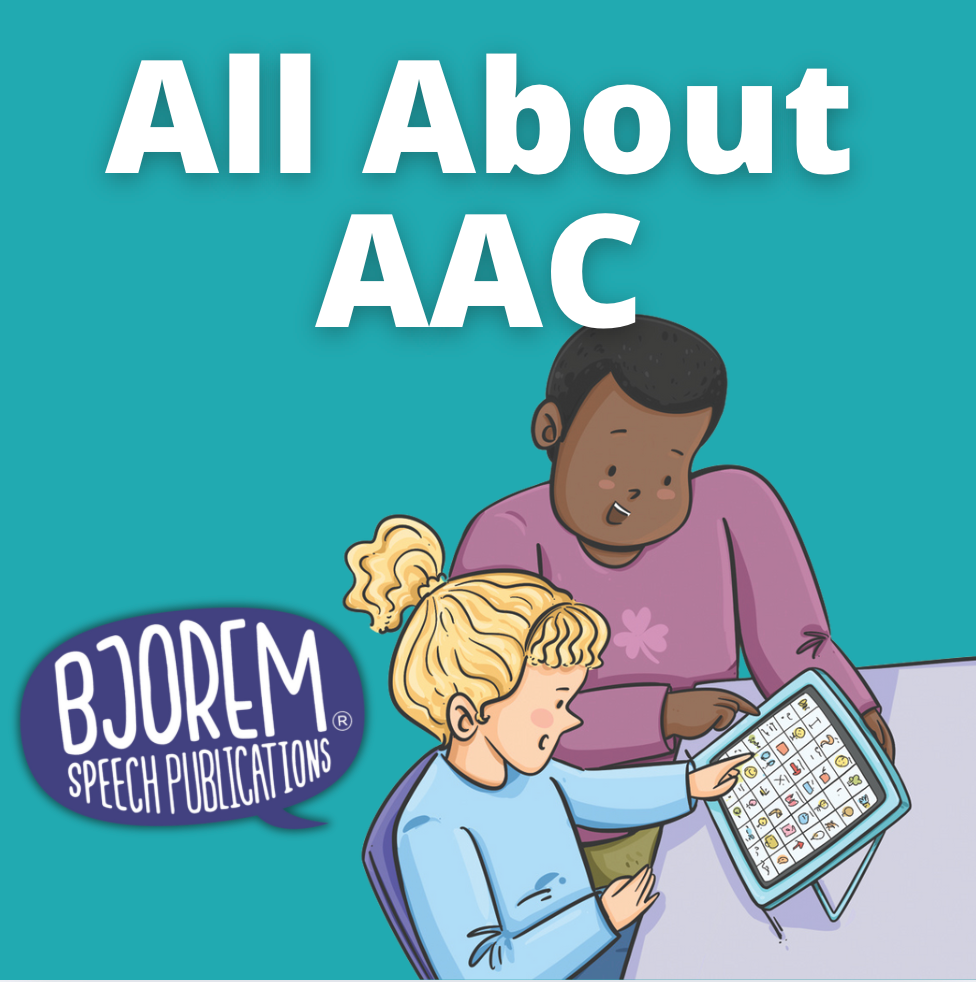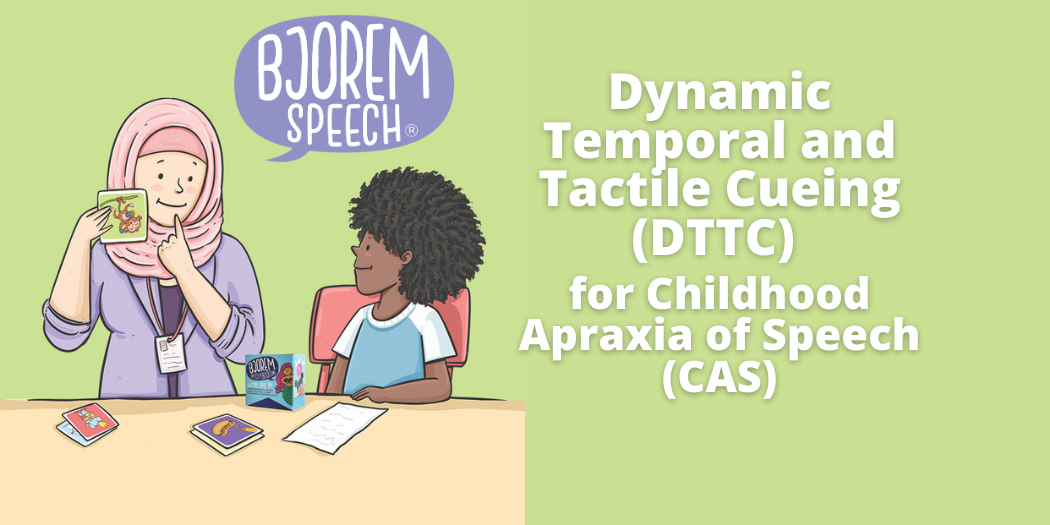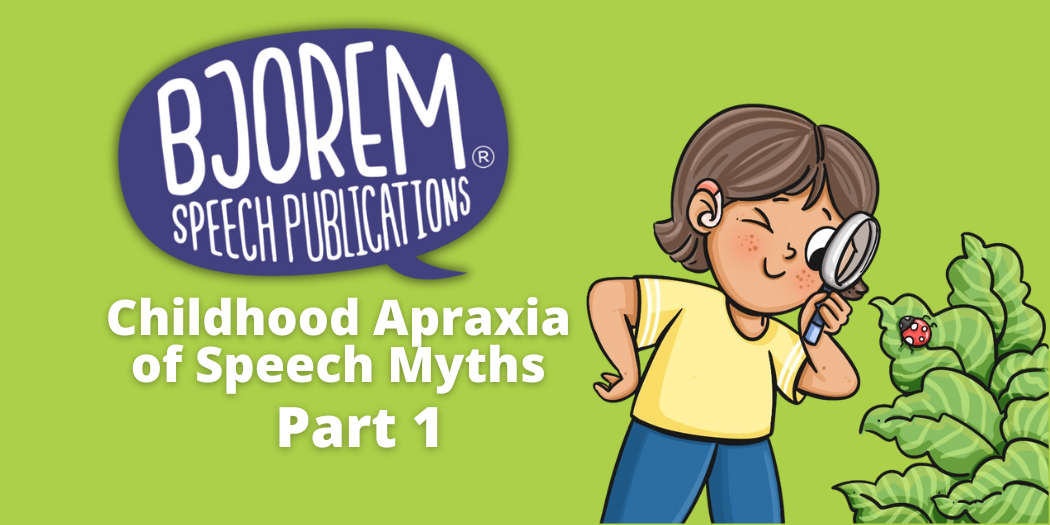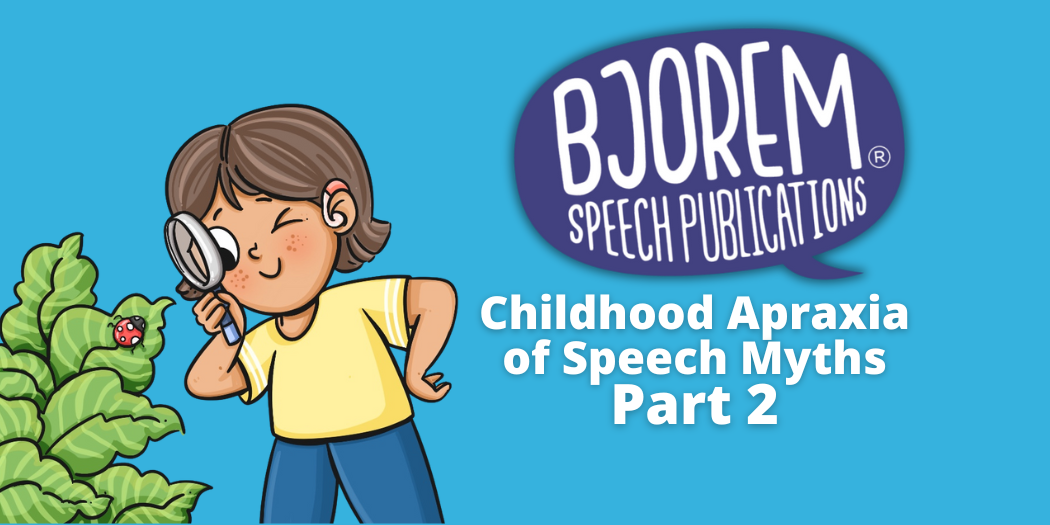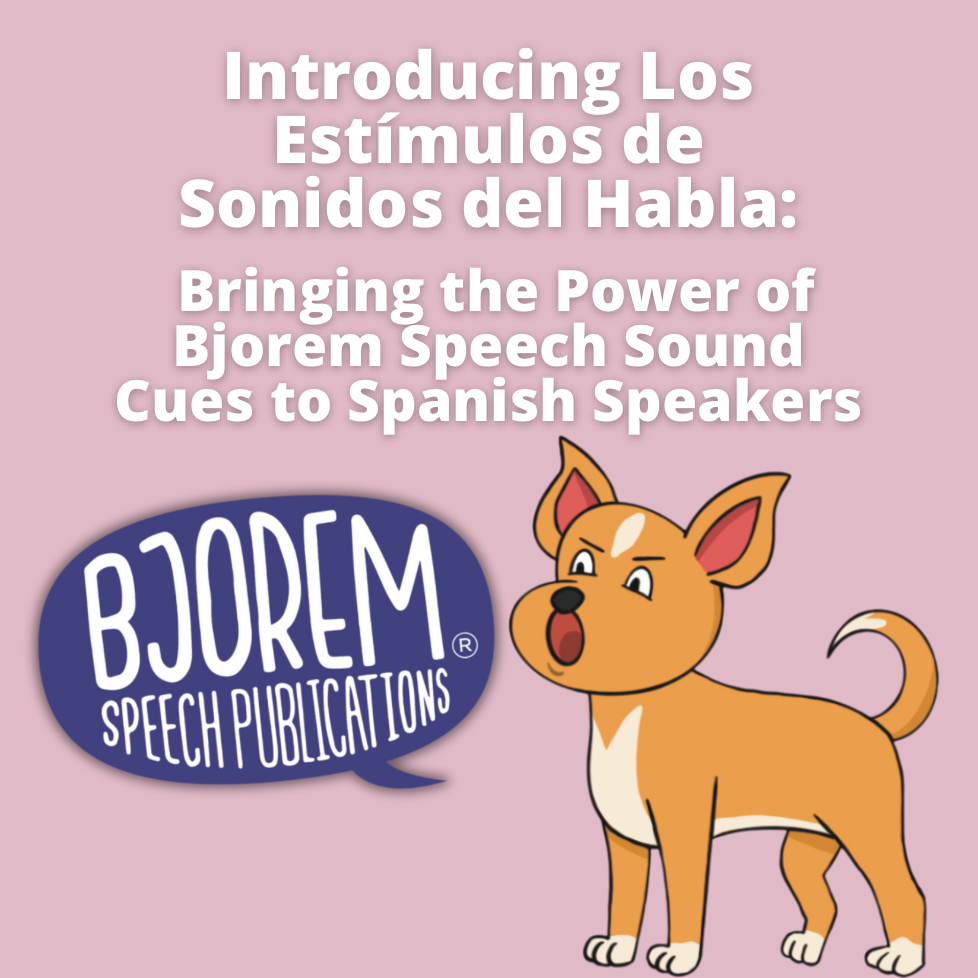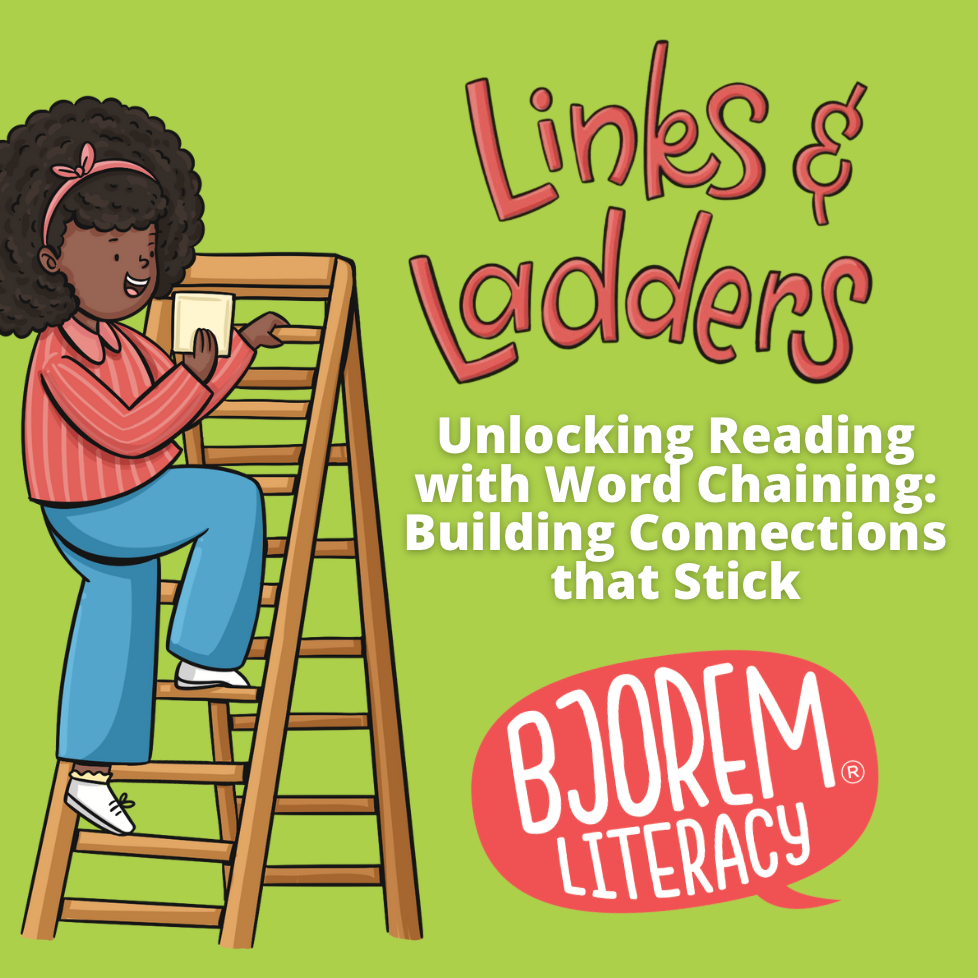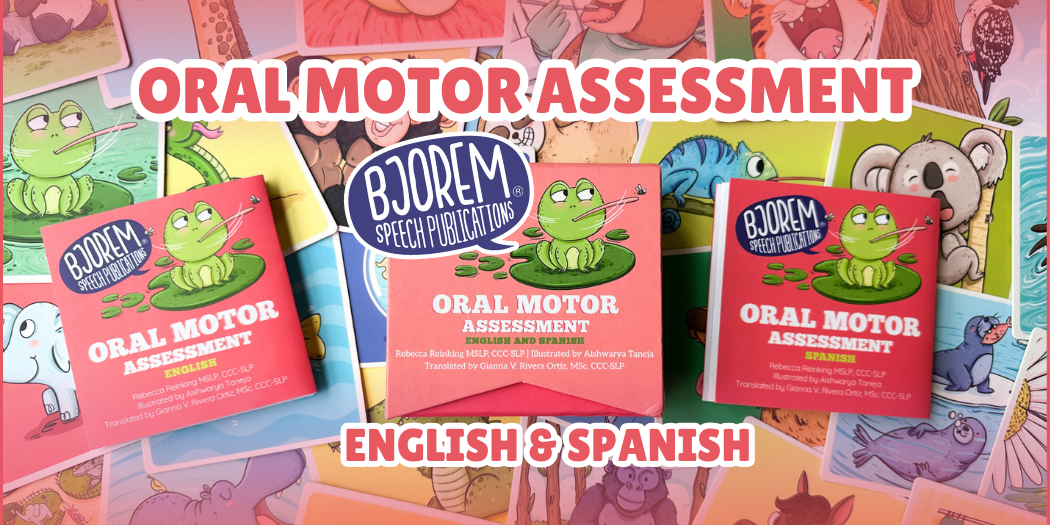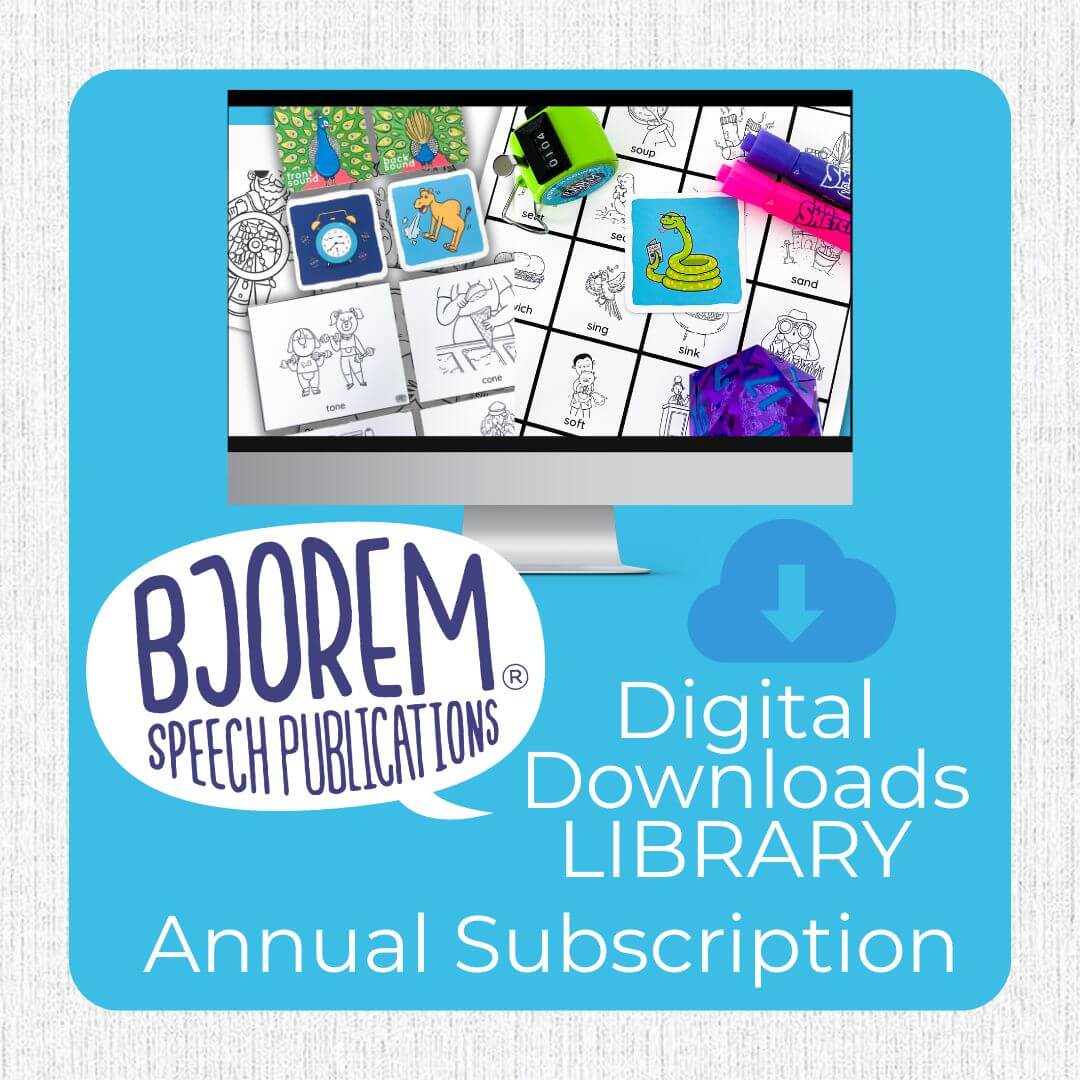Phonological disorders in children can significantly impact their ability to communicate effectively. As speech-language pathologists (SLPs), it's crucial to choose the right therapeutic approach to address these disorders. Two widely recognized methods are the Cycles Approach and the Minimal Pairs Approach. Both strategies offer unique advantages and are designed to improve phonological patterns in children. This blog post delves into the differences between these approaches, helping SLPs make informed decisions based on their clients' specific needs.
The Cycles Approach
Developed by Barbara Hodson and Elaine Paden, the Cycles Approach targets phonological pattern errors in a sequential and systematic manner. It's particularly beneficial for children with highly unintelligible speech and those who exhibit multiple phonological errors. The core philosophy behind the Cycles Approach is that phonological patterns are acquired through a "cycling" process, where each cycle targets specific patterns for a set period, regardless of mastery.
Key Features of the Cycles Approach:
- Cyclical Nature: This approach addresses one or two phonological patterns per cycle, moving on to the next set of patterns even if the child has not fully mastered the previous ones.
- Holistic: It focuses on increasing intelligibility holistically, rather than correcting individual sounds.
- Dynamic and Flexible: The Cycles Approach is tailored to each child's unique needs, allowing for adjustments based on progress.
The Minimal Pairs Approach
The Minimal Pairs Approach is a contrast therapy method that focuses on pairs of words that differ by only one phoneme, highlighting the functional impact of the child's errors on communication. This method is effective for children who have a few consistent phonological errors, making it easier to demonstrate the difference in meaning that their errors can cause.
Key Features of the Minimal Pairs Approach:
- Contrast: It uses minimal pairs (two words that differ by one sound) to teach the distinction between sounds and the impact of errors on meaning.
- Direct Correction: This approach is more direct, focusing on correcting specific phonological errors by contrasting incorrect and correct sounds.
- Conscious Awareness: It encourages children to develop a conscious awareness of their errors and the differences between sounds, promoting self-correction.
Choosing the Right Approach
When deciding between the Cycles Approach and the Minimal Pairs Approach, consider the following factors:
- Severity of Disorder: The Cycles Approach may be more suitable for children with severe phonological disorders, while the Minimal Pairs Approach might be better for those with mild to moderate errors.
- Type of Phonological Errors: Consider the nature and variety of phonological errors. The Cycles Approach is beneficial for multiple error patterns, whereas the Minimal Pairs Approach is effective for specific, consistent errors.
- Child's Age and Cognitive Level: Both approaches require different levels of cognitive engagement and understanding from the child.
Ultimately, the choice between the Cycles Approach and the Minimal Pairs Approach depends on the individual needs of the child, the specific phonological patterns being targeted, and the overall goal of therapy. It's not uncommon for SLPs to use both approaches at different times or even combine elements of both to tailor the therapy to the child's evolving needs.
In conclusion, understanding the differences between the Cycles Approach and the Minimal Pairs Approach enables SLPs to provide targeted, effective therapy for children with phonological disorders. By carefully assessing each child's specific needs and the nature of their phonological errors, SLPs can select the most appropriate method to enhance their communicative abilities and improve their overall quality of life.
Choosing the Appropriate Products
Incorporating this understanding into practical therapy, Bjorem Speech® proudly offers a range of products designed to support both the Cycles Approach and the Minimal Pairs Approach. Our meticulously developed materials are crafted to enhance the effectiveness of these therapeutic strategies, providing SLPs with the tools they need to deliver engaging and impactful therapy.
For professionals leaning towards the Cycles Approach, our Cycles Intervention Bundles offer comprehensive resources, including target word suggestions and activities tailored for various phonological patterns. These bundles are designed to facilitate the cyclical nature of therapy, ensuring SLPs can seamlessly move through different cycles with their clients.
On the other hand, our Minimal Pairs products are perfect for SLPs who prefer a contrastive approach to phonological therapy. These resources include sets of minimal pair cards that highlight the difference in meaning caused by phonological errors, aiding in the development of phonemic awareness and promoting self-correction in speech.
At Bjorem Speech®, we understand the importance of choosing the right approach for each child. That's why we're committed to providing a diverse array of products that cater to different therapeutic methodologies, ensuring SLPs can find exactly what they need to support their clients' journey towards clearer communication. Explore our catalog to discover how our products can enhance your therapy sessions and help your clients achieve their communication goals.
Learn more about the making of these products here:
